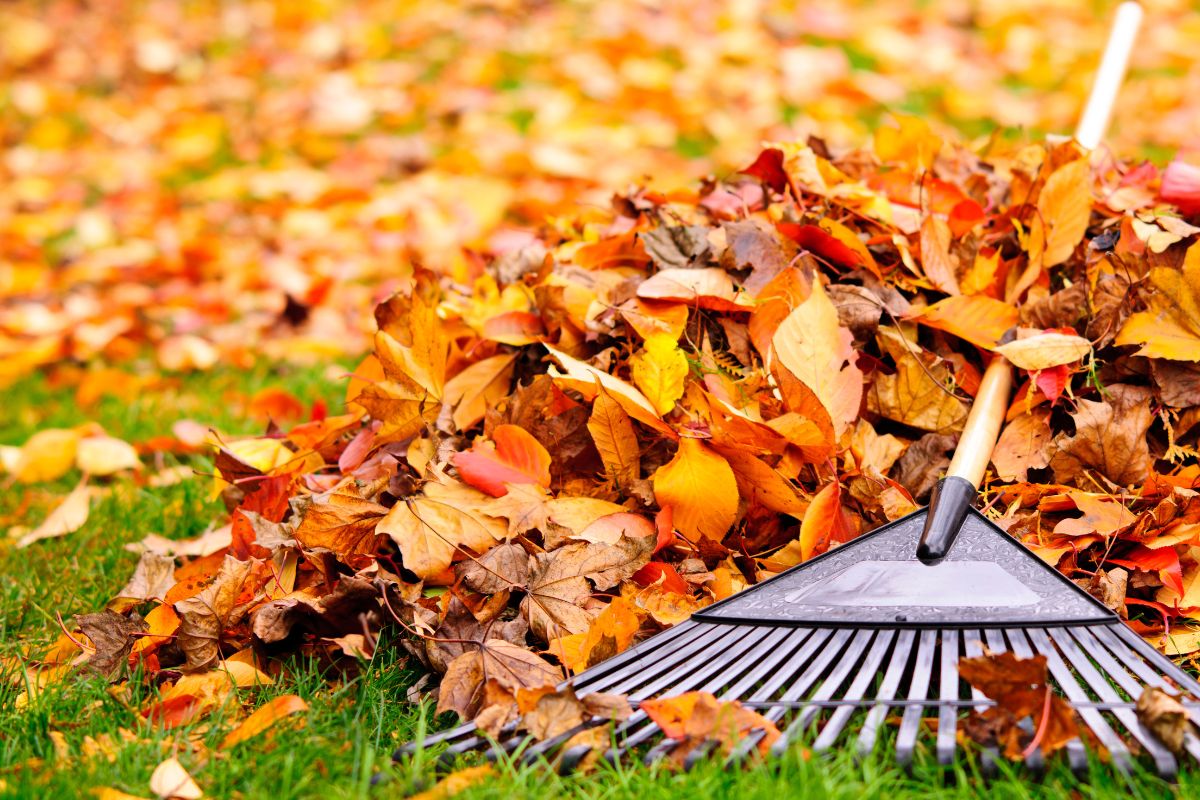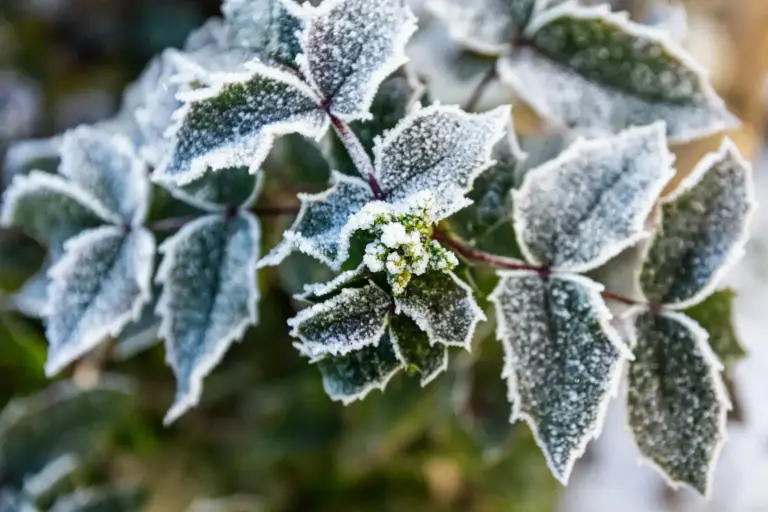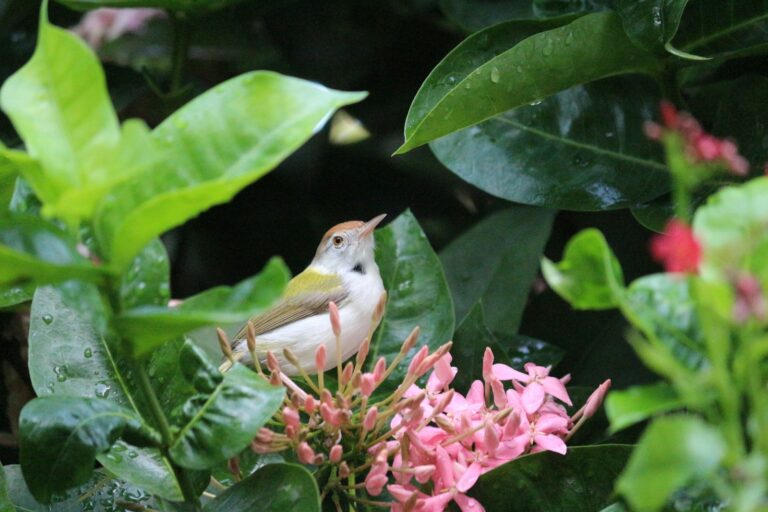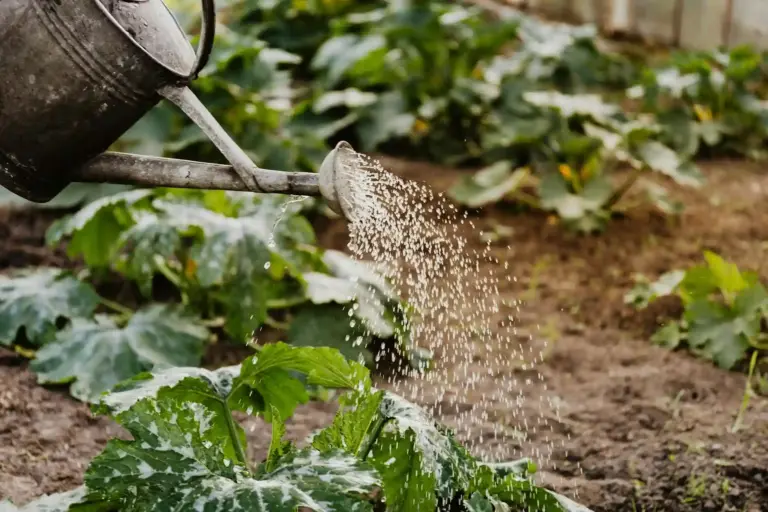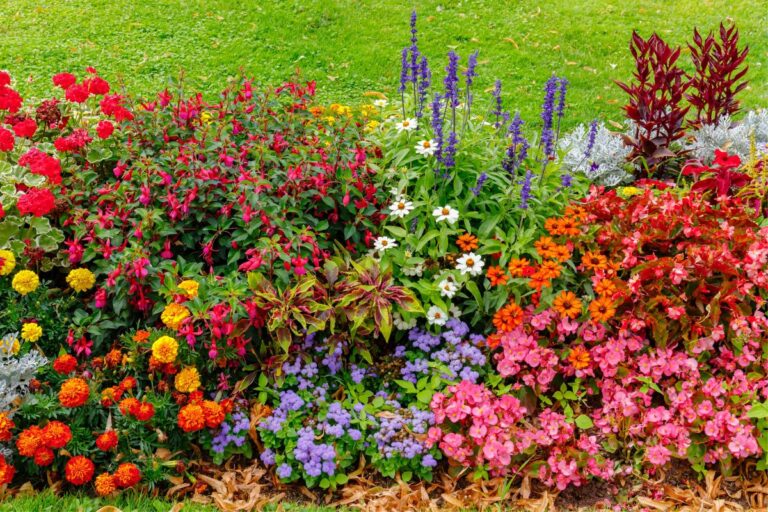15 Fall Garden Mistakes That Can Ruin Your Spring Growth and How to Avoid Them Easily
When the weather starts to cool down, it’s tempting to let the garden take care of itself. But a few simple missteps in fall can make spring gardening a lot harder than it needs to be.
Every gardener wants to see their hard work pay off when the snow melts. Paying attention to a few key details now can help your plants come back stronger and healthier.
Pruning perennials too early
Cutting back perennials too soon stops them from storing energy in their roots. Wait until your plants are fully dormant or after the first hard frost before you start pruning.
Leaving some stems and seed heads gives your garden natural insulation and shelter for insects. If you remove everything right away, you lose this extra protection.
A light trim is usually enough before winter. Save the heavier pruning for spring, when you can help new growth get started.
Ignoring frost dates and timing
Knowing your local frost dates can save your plants from unexpected cold snaps. Planting too late in the season means new shoots might get hit by frost before they’re strong enough.
Finish dividing perennials and planting bulbs before the ground freezes. This gives roots time to settle in and get ready for spring.
Stop fertilizing late in the season so plants can focus on root growth instead of new leaves. Timing matters when you want your garden to thrive next year.
If you pay attention to frost dates and garden tasks timing, you will set your garden up for a healthier spring.
Removing all leaves and debris
It’s easy to think a spotless garden is best, but removing every leaf can actually hurt your soil. Some leaves help protect the ground and feed insects through the winter.
Rake up wet, heavy piles to avoid mold, but leave a thin layer of shredded leaves as mulch. Composting some of your leaves is another way to return nutrients to the soil.
Leaving a little debris helps beneficial insects and keeps your garden balanced. Don’t rush to clean up every last bit, your spring garden will thank you.
Failing to mulch properly
Mulch keeps roots warm and helps soil hold moisture during the colder months. Too much mulch can trap water and cause rot, while too little leaves plants exposed.
Pick a mulch that fits your soil and plants. Water it well after spreading so it settles in and doesn’t blow away.
Proper mulching makes a big difference for spring growth. It keeps weeds down and helps soil stay healthy.
If you want tips on common mulching errors and how to fix them, check out 15 common mulching mistakes that are secretly ruining your garden.
Planting bulbs too shallow
Planting bulbs too close to the surface leaves them vulnerable to frost and hungry critters. Make sure bulbs are planted two to three times deeper than their height.
Shallow bulbs dry out faster and may not get enough moisture to grow strong roots. Dig a deep enough hole to keep bulbs safe through winter.
Check your bulb size before planting and aim for the right depth. You’ll see better blooms when spring arrives.
Overwatering overnight
Watering your garden at night often leaves the soil too wet for too long. This creates a perfect environment for root rot and fungal diseases.
Try watering in the morning so plants have time to dry off during the day. This keeps roots healthy and helps prevent problems in the spring.
Check your soil before watering. If it feels soggy, wait a bit longer. Every plant has different needs, so pay attention to what your garden is telling you.
Not cleaning garden tools
Dirty tools can carry bacteria and fungi from one plant to another. Taking a few minutes to clean your tools after each use helps prevent the spread of disease.
Use water and mild soap or rubbing alcohol to wipe down blades and handles. Clean tools work better and last longer, saving you money and effort in the long run.
A quick cleaning routine now can save you a lot of trouble in spring. Healthy plants start with clean tools.
For more on this, visit Not Cleaning Garden Tools.
Neglecting soil testing
Skipping a soil test can mean missing out on what your garden really needs. Testing tells you if your soil is too acidic or lacking nutrients.
Fall is a smart time to test because you have months to make adjustments. Adding compost or lime now gives your soil time to improve before planting season.
A simple test now can make a big difference when spring comes around. Your plants will have a better start and stronger growth.
Skipping compost addition
Leaving out compost in the fall means missing a chance to boost your soil. Compost adds nutrients and helps soil hold moisture, giving your plants what they need to thrive.
Adding compost now lets it break down over winter. This feeds the soil and the microorganisms that help plants grow.
Starting spring with rich, healthy soil means fewer problems and stronger plants. Don’t wait until planting season—give your garden a head start now.
Leaving weeds unchecked
If you let weeds stay in the garden over winter, they’ll come back stronger in spring. Weeds compete with your plants for water and nutrients.
Pulling weeds before the first frost keeps your garden tidy and reduces pests. Mulching can also help block new weeds from taking hold.
A little effort now saves a lot of work later. Your plants will appreciate the extra space and resources.
For more tips on avoiding fall garden problems, visit 15 Fall Garden Prep Mistakes That Will Ruin Your Spring.
Dividing plants late in season
Dividing perennials too late doesn’t give them enough time to grow new roots before winter. This can lead to weaker plants and fewer blooms when the weather warms up.
If you need to divide, do it on mild, frost-free days and water well after. For spring-blooming perennials, it’s better to divide earlier in fall or wait until early spring.
Some late bloomers can handle a late division, but always check the weather and avoid freezing temperatures. Give your plants time to settle in before the cold hits.
If you want tips on when and how to divide your perennials, check this guide on dividing your perennials in fall.
Forgetting to protect tender plants
Tender plants like young shrubs and new bushes need extra protection from frost. If you leave them exposed, they might not survive the winter.
Cover delicate plants with cloth or burlap when cold nights arrive. Mulching around the base helps keep roots warm and soil temperatures steady.
Taking a few minutes to protect your plants now means you’ll see more survivors and better growth in spring.
Not creating windbreaks
Cold winds can dry out soil and stress your garden all winter. Without windbreaks, your plants have a tougher time staying healthy.
Set up barriers like shrubs or simple fences to protect your garden. Even burlap or stakes can help block harsh winds and keep moisture in the ground.
A little preparation now can make a big difference when spring arrives. Your plants will be better rested and ready to grow.
Adding wind protection is a small step that helps your garden succeed next year. For more tips on fall garden care, visit 15 Fall Garden Prep Mistakes That Will Ruin Your Spring.
Planting annuals too late
Ever found yourself rushing to plant annuals as the weather turns chilly? If you wait until late fall, your plants might not have enough time to settle in before the cold sets in.
This can lead to weak growth or even cause your annuals to die off before spring arrives. Giving them time to develop roots is key.
Planting early lets your annuals get established so they have a better chance of bouncing back when warmer weather returns. Waiting too long can leave your garden looking sparse next spring.
Check your local last frost date and aim to plant annuals a few weeks before that. This gives them a head start and helps them get comfortable for the next season.
Failing to remove diseased plants
Leaving sick plants in your garden can cause bigger problems when spring arrives. Fungal spores, bacteria, and viruses often survive winter on dead or infected plant material.
When new growth starts, these diseases can spread quickly to healthy plants. It’s important to check for any diseased leaves, stems, or fruit before the cold sets in.
Remove all infected parts completely and take them out of your garden. If you use a compost pile, only add this material if you know it gets hot enough to kill germs.
A little effort now can save you from headaches next season. Your garden will have a much better chance to thrive when you start with a clean slate.

